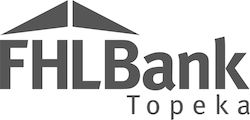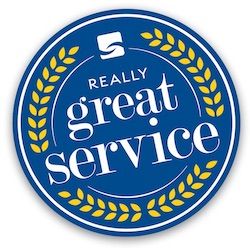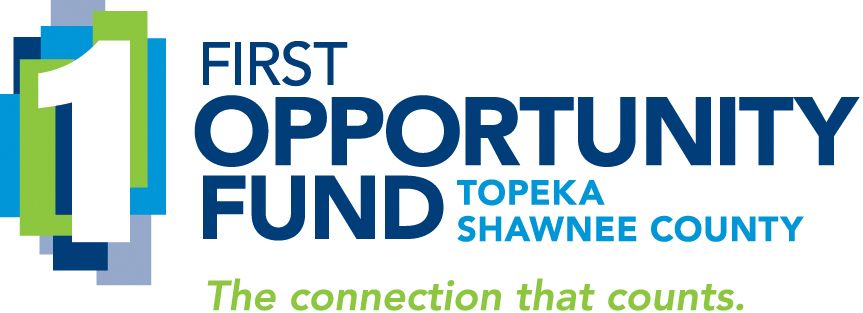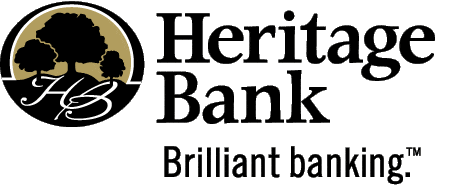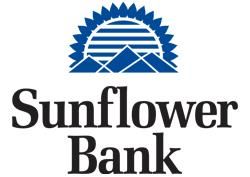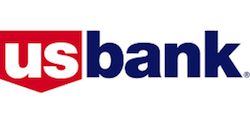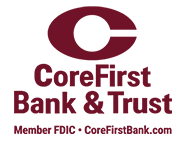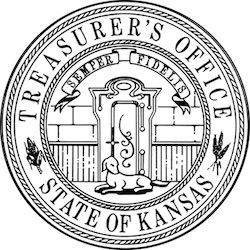
"We don’t have budget for advertising. We just need to get our name ‘out there.’” We hear this from small organizations a lot. There's little budget, but they still expect measurable results from a single marketing investment or activity.
But occasionally throwing your name—your brand—“out there” doesn’t do anything to build trust, loyalty or brand equity. It doesn’t tell a compelling and credible story of what you stand for, and it doesn’t offer value to anyone.
Some examples of what we've seen branders do in an effort to get their name out there:
- buy media packages for one-time events
- sponsor events at the lowest level
- put the logo on coozies and then store them in the back room because they were too expensive to give away
- do-it-yourself paid ads on social media for a short period of time
These types of activities don’t do anything to build recognition or recall because they get crowded out by brands that invest in systematic marketing programs with depth, reach and frequency.
Why do the "name out there" marketers do this? They figure spending $500 on something small is better than nothing. But pushing your name out there without doing anything else won’t go far. One-off, disjointed marketing efforts amount to little more than tepid arm flapping.
There is another way.
Banks can be small and mighty. They can compete with larger institutions who outspend them on advertising. They can by doing more than just getting their name out there occasionally. Like a world class athlete, they train to be true contenders and focus on the principles of sound marketing.
BUILD YOUR BRAND WITH repetition, recognition and a reason
1. Know your WHY
Brands that have clarity of purpose are more successful because they give customers a reason to choose them. Anything less makes you a commodity where the remaining differentiators, such as price, do not result in a profitable brand position.
State your mission, your values, your WHY in a clear and compelling way that employees can repeat and customers can remember. Your WHY tells the world something about you that distinguishes you from others who offer the same types of services. It could be the way you do business, or it could be the type of customer you best serve. Whatever your WHY is, make it clear and memorable, and repeat it in all communications channels so that it becomes shorthand for your brand.
2. Train and mobilize the troops
If you have little to no marketing budget, everyone in your organization should be mobilized to get your name “out there” in an organized and consistent way. Make sure everyone knows what marketing activities are happening, give them talking points and action steps, and follow up with everyone on a regular basis so that you can track progress.
It’s more important than ever to show up—in person and virtually. This means your team should be at events, armed with business cards, their name badges, smiles and a firm handshake—ready to listen (not just talk) and make some connections and impressions. It doesn’t end with just passing out a few cards and meeting some new people. It continues when each member of your team follows up personally with each of their new connections. And they keep the prospect warm by following up more than once. A new customer is rarely earned from one meeting or one ad. It takes time to nurture the relationship as well as good timing. The prospect may not need you right now so you need to be ready when they do at a later date.
Social media is not just for the bank page. It’s also for the people in your organization, the faces and names that customers know and the ones that you want prospects to remember. Your social media strategy should engage your employees by tagging people and places. It will be exponentially more powerful when content is shared by your employees, not just the page.
3. Get more value from sponsorships
Find out who will be at the event, get a list of attendees, if available, and thank them for registering. Invite them to visit your booth, attend your session or come to your location. Use your social media pages to promote your sponsorship and participation before, during and after the event:
- promote in advance
- take photos during events and post about them
- tag people and places
- encourage sharing
- when people comment and share, acknowledge, thank and respond
Capture contact information for any new prospects you meet during the event. Afterwards, thank all attendees in writing (either snail mail or email) and add them to your prospect list. Invite your best prospects for lunch or coffee. That will make an impression.
4. Invest in quality graphics
You don’t cut your own hair (or you shouldn’t), so unless you’re a professional graphic artist, you shouldn’t design your own advertising. It pays to hire a professional to create the look and message consistent with your established brand standards. Any time you “put your brand out there,” it should be polished and professional to build equity. The more you repeat a consistent, high quality look, the more chance you have to build recognition and recall for your brand. When you make “cute” or homemade variations of your brand, you not only miss opportunities to build repetition, but you may be eroding some precious equity that hasn’t had time to take root. Always put your brand's best foot forward—it puts more power in the punch.
It takes a little elbow grease.
Yes, of course, you can and should “get your name out there” for all to see. Give audiences a chance to know, try and love your brand. But you’ll make more progress if you support modest efforts
- by keeping your WHY at the forefront,
- with the energy and focus of your employees,
- the “free” muscle of your social media channels
- and by ensuring that even modest marketing can be polished, professional and powerful.
Let us help you establish a marketing program and budget that build value for your brand: schedule a meeting with Martha Bartlett Piland today.



